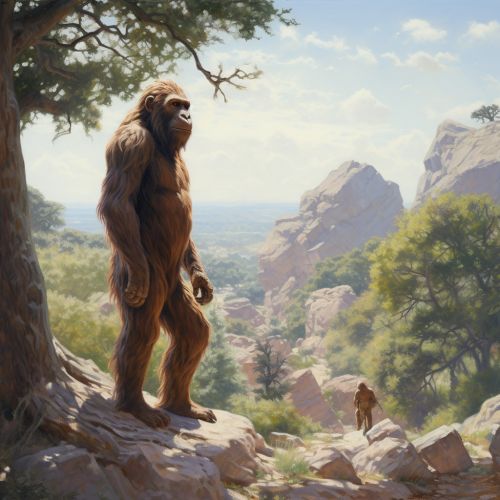Australopithecus
Introduction
The Australopithecus is a genus of hominins that existed in Africa between approximately 4 and 2 million years ago. The name Australopithecus means 'southern ape', a reference to the location where the first specimens were found. The genus is significant in the study of human evolutionary history as it is believed to be a direct ancestor of the Homo genus, which includes modern humans.


Discovery and Classification
The first Australopithecus fossil, a child's skull, was discovered in 1924 by Raymond Dart, an Australian anatomist and anthropologist. Dart named the fossil Australopithecus africanus, meaning 'southern ape from Africa'. Since Dart's initial discovery, several other species of Australopithecus have been identified, including A. afarensis, A. anamensis, A. bahrelghazali, A. garhi, and A. sediba.
Physical Characteristics
Australopithecus species were bipedal and had small brains relative to body size, similar to modern apes. However, they also had several human-like features, such as a reduced protrusion of the face, smaller canine teeth, and a more complex molar structure. These features suggest a transition from a diet primarily composed of fruit to one that included more hard and abrasive foods.
Behavior and Lifestyle
Australopithecus species were likely social animals, living in groups. They were primarily plant-eaters, although some species may have included small amounts of meat in their diets. The ability to walk upright may have allowed them to use their hands for tasks such as carrying food and using tools, although the extent of their tool use is a subject of ongoing research.
Evolutionary Significance
The Australopithecus genus is significant in the study of human evolution because it provides evidence of the transition from ape-like to human-like traits. The genus is believed to be a direct ancestor of the Homo genus, which includes modern humans. The discovery of Australopithecus fossils has provided valuable insights into the physical and behavioral changes that occurred during this transition.
